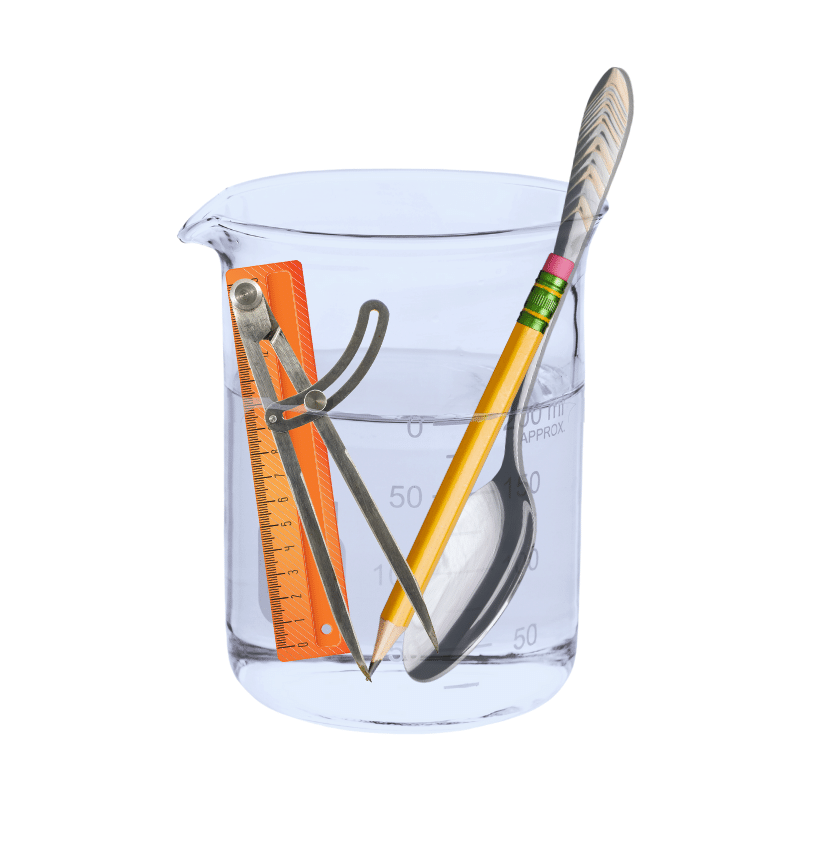7. Complete Activity 3.7 (Page 30). Heat water in a small pan or a beaker. Collect some articles such as a steel spoon, plastic scale, pencil and divider. Dip one end of each of these articles in hot water (Fig. 3.8). Wait for a few minutes. Touch the other end. Enter your observation in Table 3.3.
Answer: The above activity can be carried out as follows:
Aim: To observe which of the articles get heated when dipped in hot water and make conclusions based on that.
Materials Required: Beaker, steelspoon, plastic scale, pencil, divider, hot water.
Procedure:
(i) Fill the beaker with hot water.
(ii) Pu the steel spoon, plastic scale, pencil and divider in hot water.
(iii) Wait for a few minutes, touch the other end of each article and note the observations in Table 3.3.

Observations:
It was observed that the other ends of the articles made of metal got heated and the other ends of the materials made of plastic and wood did not get heated. The completed table is shown below:
Table 3.3
| Article | Material with which the article is made of | Does the other end get hot (Yes/No) |
| Steel spoon | Metal | Yes |
| Plastic scale | Plastic | No |
| Pencil | Wood | No |
| Divider | Metal | Yes |
Conclusions:
We conclude that:
- Metals are conductors of heat because they allow heat to pass through them easily.
- Plastic and wood are poor conductors or insulators because they do not allow heat to pass easily through them.
“Complete Activity 3.7 (Page 30). Heat water in a small pan or a beaker. Collect some articles such as a steel spoon, plastic scale, pencil and divider. Dip one end of each of these articles in hot water (Fig. 3.8). Wait for a few minutes. Touch the other end. Enter your observation in Table 3.3.” – Solved.
Related Links:
Solution to Extended Learning Problem 1
Solution to Extended Learning Problem 2
Solution to Extended Learning Problem 3
Solution to Extended Learning Problem 4
Solution to Extended Learning Problem 5
Solution to Activity 3.1
Solution to Activity 3.2
Solution to Activity 3.3
Solution to Activity 3.4
Solution to Activity 3.5
Solution to Activity 3.6
Solution to Activity 3.8
Solution to Activity 3.9
Solution to Activity 3.10
Solution to Activity 3.11
Solutions to Chapter 3 Heat


